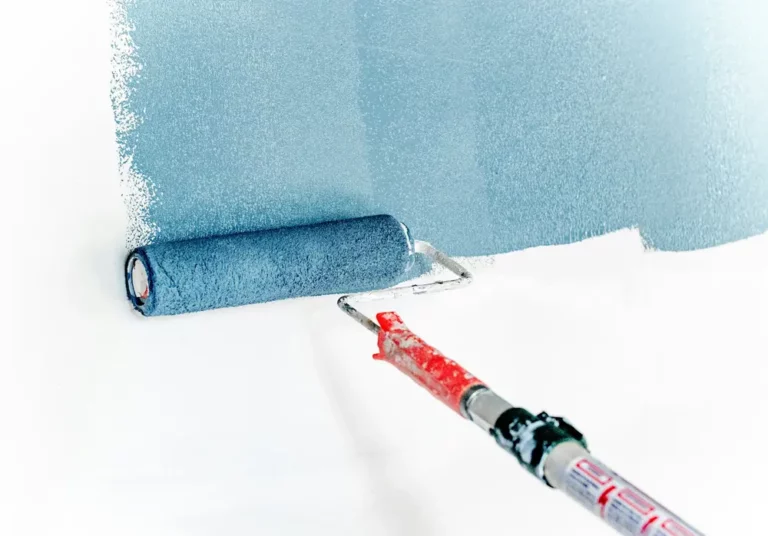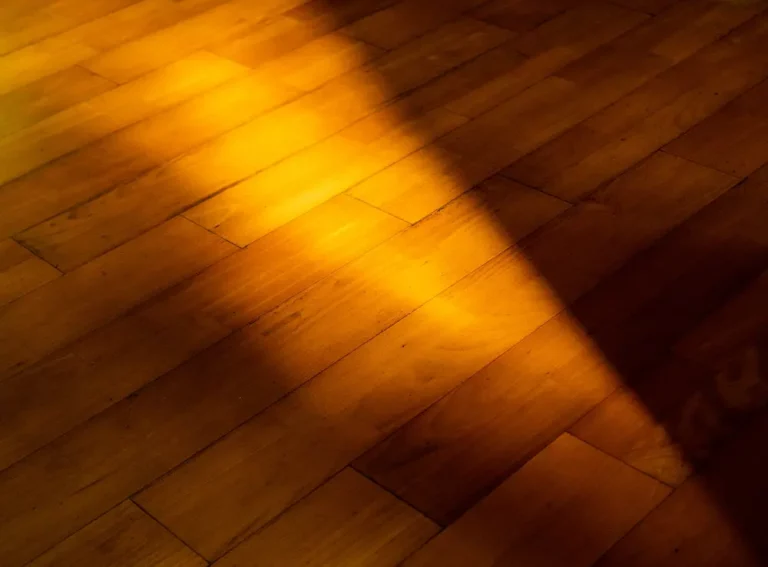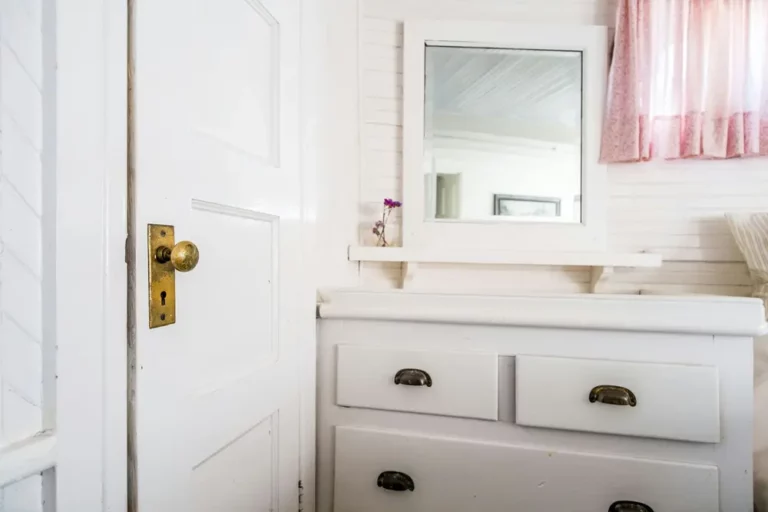Is Mouse Pee Sticky? Identifying and Tackling Infestations
Ever stumbled upon a sticky mess and wondered if it’s just your average spill or something more… unexpected? Well, if you’ve had mice around, there’s a good chance you’ve encountered mouse pee, and yes, it can get sticky. Surprised? I was too, but it turns out there’s a fascinating reason behind it.
Mouse urine, when left unattended, can become a sticky trap of dirt, dust, and oils from their fur. This concoction not only clings to surfaces but also acts as a beacon for mice, guiding them back to the same spots to do their business. So, if you’ve noticed an unusual stickiness in nooks and crannies, you might just have a mousey situation on your hands.
Characteristics of Mouse Urine
When dealing with a mouse problem, understanding every aspect of these critters is crucial. Let me take a moment to discuss something you might not have given much thought to before: mouse urine. It’s more significant than you might think, especially when it comes to keeping your home clean and disease-free.
Appearance and Consistency
First off, mouse urine has a unique appearance and consistency. Though it might seem like just another small detail, it can actually provide vital clues to the presence of mice. This urine tends to be clear when fresh but can dry to a light yellow. Its most distinctive feature, however, is its stickiness. When dirt, dust, grime, and oil from the mouse’s fur mix with the urine, it creates this sticky residue. This stickiness isn’t just a nuisance; it actively draws mice back to the same spots, reinforcing their scent trails and making them feel more at home in your space.
Risks Associated with Mouse Urine
Onto something you really need to be aware of: the risks. Mouse urine isn’t just water that’s a bit smelly. It’s a potential vehicle for diseases. Rodents, including mice, are known to carry viruses and bacteria, and their urine can be a transmitter of these diseases to humans. Contact with mouse urine, either directly or through contaminated surfaces, can pose health risks.
One of the key dangers comes from hantavirus, a serious disease that can be fatal in some cases. It’s spread through rodent urine and droppings and can become airborne, making it easy for humans to inhale potentially infected particles. Another concern is salmonellosis, commonly known as food poisoning, which can occur when food comes into contact with surfaces contaminated by rodent urine.
Cleaning and Disinfecting Mouse Urine
When I’m out to clean and disinfect areas contaminated by mouse urine, the first thing I do is identify where those tiny critters have left their mark. It’s not always easy, given mouse pee dries up and blends with the dust and dirt. But, I’ve learned that mouse urine, due to its sticky nature, tends to accumulate dirt, dust, grime, and even their own fur. This mess often leaves behind telltale signs.
I look for yellowish stains or crusty residues on surfaces, which are dead giveaways. These areas not only look unpleasant but can harbor harmful pathogens. Since mouse urine has a strong, ammonia-like smell, I also use my nose as a guide. It’s crucial to check hidden spots—behind appliances, inside cupboards, and along baseboards—since mice love those secluded, dark places.
Recommended Cleaning Solutions
Once I’ve identified all the spots tainted by mouse urine, it’s time to get down to the actual cleaning. Now, I can’t just use any old cleaner; it has to be something that’ll not only clean but also disinfect. Here’s a table of the cleaning solutions I’ve found most effective:
| Cleaning Solution | Purpose |
|---|---|
| 1:10 Bleach Solution | Disinfects and eliminates any pathogens |
| Enzyme-Based Cleaners | Breaks down urine proteins, reducing smell and stickiness |
| Hydrogen Peroxide (3% Solution) | An alternative to bleach for sensitive areas |
| White Vinegar and Water Mixture (50:50) | Natural disinfectant for light cleaning |
For areas where the smell of bleach isn’t welcomed, I’ve found enzyme-based cleaners to be a godsend. They’re particularly good at breaking down the proteins in the urine, which helps a lot with the odor while also disinfecting the area.
When using these solutions, it’s vital to wear gloves and ensure proper ventilation. After applying the chosen cleaner, I let it sit for about 5 to 10 minutes before wiping the area clean. For tougher stains or more soiled areas, a scrub brush may be necessary to remove all residues effectively.
Health Implications of Mouse Urine
Uncovering the health implications of mouse urine in our homes isn’t just about acknowledging its presence; it’s about understanding the real risks associated with these seemingly insignificant droplets. While we might ponder, “Is mouse pee sticky?”, the more pressing inquiry should be about the potential health hazards lurking within.
Diseases Transmitted by Mouse Urine
Mouse urine can be more than just an unpleasant mark on your baseboards. It can be a carrier of dangerous diseases. When this urine dries, it can become airborne in the form of dust, which is especially concerning because it can be easily inhaled unknowingly. Among the maladies it can transmit, one of the most notorious is Hantavirus. This serious respiratory disease can emerge from simply breathing in dust contaminated with rodent urine. Additionally, mouse urine can play a role in spreading Lymphocytic Choriomeningitis (LCM), a viral infectious disease leading to neurological problems, and Leptospirosis, which can result in severe liver and kidney damage. It’s clear that mouse urine and the diseases it can carry should not be taken lightly.
Safe Cleaning Practices
Knowing the potential health risks makes it crucial to follow safe cleaning practices when dealing with areas contaminated by mouse urine. First and foremost, it’s important to don gloves and a mask to prevent direct contact or inhalation of harmful particles. For cleaning, I suggest using a solution made of 1 part bleach to 10 parts water. This strong disinfectant is effective in killing viruses and bacteria that might be present. Here’s a quick guide to ensure a safe cleanup:
- Always wear gloves and use a mask.
- Ventilate the area by opening windows and doors.
- Avoid sweeping or vacuuming dry areas to prevent airborne transmission.
- Apply the bleach solution generously and let it sit for 5-10 minutes before wiping.
For areas where bleach may be too harsh, a mixture of hydrogen peroxide or white vinegar with water can be a gentler yet effective alternative. Remember, it’s not just about making your space clean; it’s about ensuring it’s safe from the unseen threats mouse urine can impose. With these practices, I’m committed to protecting my home and health from these invisible invaders.
Detecting Mouse Urine in Your Home
When it comes to keeping your home clean and free from pests, understanding how to detect signs of their presence is crucial. Mouse pee, with its sticky nature, can be particularly troublesome. But before we dive into the cleaning part, let’s discuss how to identify mouse urine around your home.
Common Locations for Mouse Urine Stains
First off, it’s helpful to know where to look. Mice aren’t exactly the best tenants and tend to leave a mess wherever they go. Their poor eyesight means they navigate primarily through touch, sticking close to walls and leaving urine trails along their customary routes. Here’s where I’ve found you’re most likely to spot urine stains:
- Along baseboards: This area is a mouse’s superhighway. Check for any stains along the edges where the floor meets the wall.
- Behind appliances: The warmth and shelter offered by the back of your fridge or stove are irresistible to a mouse. This hideaway spot is often marked by urine stains.
- In cupboards and drawers: Mice seeking food will venture into your cupboards, leaving behind a calling card of their visit.
- Storage areas: Boxes and rarely disturbed items provide an excellent cover for mice to roam freely and urinate.
Tools for Detecting Urine Stains
Now that we know where to look let’s talk about how to spot these pesky stains. Sometimes, they’re not immediately visible to the naked eye, especially on darker surfaces. Here’s what I use to make the invisible visible:
- UV flashlight: The best trick in my book. When you shine a UV or blacklight over suspected areas, dried mouse urine will glow. It’s like turning on the neon signs pointing directly to the problem areas.
- Protective gloves: These are not detection tools per se but are crucial when you’re investigating. Remember, we’re dealing with potentially harmful substances here.
- A clean, damp cloth: Sometimes, a simple wipe with a damp cloth can reveal urine stains as the area will become darker or change color upon moisture contact.
Detecting mouse urine isn’t just about cleanliness—it’s about safeguarding your and your family’s health. Armed with this knowledge and the right tools, you’re well on your way to identifying and addressing a mouse issue before it becomes an infestation.
Preventing Mouse Infestations
Mice, with their ability to enter homes through the tiniest of openings and leave behind those unmistakable sticky urine stains, are more than just a nuisance. They can cause real harm by spreading diseases and damaging our belongings. I’ve found that preventing an infestation is key to avoiding these issues. Here’s how I tackle it:
Sealing Entry Points
One of the first steps I took was to identify and seal any potential entry points around my home. It’s astounding, really, how small a gap a mouse needs to get inside. If you can fit a pencil into a hole, gap, or crack, it’s big enough for a mouse to squeeze through. I spent a weekend checking around doors, windows, utility lines, and vents. For smaller gaps, caulking worked wonders, while I used steel wool and metal sheeting for larger openings. Remember, mice are excellent climbers, so it’s essential not just to look down but also up. Are those tiny openings around roof vents or eave gaps? They all got a thorough sealing.
Regular Cleaning and Inspection
Regular cleaning has become a non-negotiable part of my routine. Mice are attracted to food remnants, so I make it a point to clean up crumbs and spills immediately. Storing food in airtight containers and keeping the garbage in tightly sealed bins have also significantly reduced the appeal of my kitchen to any potential rodent visitors.
Inspection goes hand in hand with cleaning. I regularly check for signs of mice, such as droppings, gnaw marks, or the telltale musky odor of mouse urine. The attic, basement, and garage are my usual suspects for these inspections since they are less trafficked and might offer a cozy nest spot for a mouse. Keeping these areas clutter-free reduces hiding spots and makes it easier to spot any signs of an infestation early on.
While these steps have been immensely helpful in keeping mice at bay, I’m always on the lookout for new tips and tricks. After all, it’s better to be proactive than reactive when it comes to preventing mouse infestations.
Professional Pest Control for Mice
Identifying the right time to call for professional help can make a significant difference in managing a mouse infestation. Personally, I believe it’s crucial to act promptly at the first signs of an infestation, such as the presence of mouse droppings, nests, or an unusual ammonia-like smell that could indicate mouse urine. If DIY methods aren’t cutting it, or if the infestation seems to be growing despite my best efforts, that’s my cue to call in the pros. Also, hearing noises within walls or ceilings, especially at night, signals it’s high time to seek help. The sooner a professional steps in, the quicker and more efficiently the problem can be eradicated, preventing further damage and potential health risks.
Services Provided by Pest Control Professionals
Once I’ve made the decision to hire pest control professionals, it’s comforting to know the comprehensive range of services they offer. These experts conduct a thorough inspection of my home, identifying not just the extent of the infestation but also the entry points mice have exploited. They’re equipped with the knowledge and tools to seal these entry points effectively, employing materials that are much more durable and mouse-proof than anything I might use.
Additionally, professional pest control services offer strategic placement of traps and baits, ensuring they’re set in high-traffic areas without posing risks to my family or pets. They also provide valuable advice on preventive measures, such as safe storage of food and proper disposal of waste, to ensure mice don’t find my home inviting in the future.
Moreover, for severe infestations, these professionals might suggest more advanced solutions, like fumigation, which I wouldn’t be able to do on my own. Their follow-up services ensure that not only is the current infestation handled but that my home remains protected against future invasions. Their expertise and swift action bring peace of mind, knowing that the mouse problem is handled efficiently and effectively.
Conclusion
While we’ve explored the somewhat sticky situation of mouse pee, the key takeaway is knowing when it’s time to call in the pros. I’ve had my fair share of battles with these tiny intruders, and believe me, sometimes DIY just doesn’t cut it. It’s not just about getting rid of them temporarily but ensuring they don’t come back. Remember, there’s no shame in seeking help. After all, our homes are our sanctuaries, and keeping them pest-free is paramount. So, if you’re hearing scurrying in the walls or finding that your efforts aren’t making a dent, it might be time to reach out to a professional. They’ve got the tools and the know-how to give you peace of mind and a mouse-free home.
FAQ – Frequently Asked Questions
Do mice pee in one spot?
Mice typically do not restrict themselves to one spot for urination. They frequently follow the same paths, which means areas along these routes may accumulate noticeable amounts of urine. Near their nests and feeding areas, the accumulation can be especially pronounced, potentially forming “urine pillars.”
What does dried mouse pee look like?
Dried mouse urine tends to mix with dust to create crusty yellowish marks with an ammonia-like odor. The appearance of these stains can vary by surface; for example, on a clean white cloth, the stains would appear as small yellow spots.
Is mouse urine toxic to humans?
Yes, mouse urine can be hazardous to humans as it may contain hantaviruses, which can lead to Hantavirus Pulmonary Syndrome (HPS) when inhaled. Touching materials contaminated with mouse urine and then touching one’s face can also transmit the virus.





